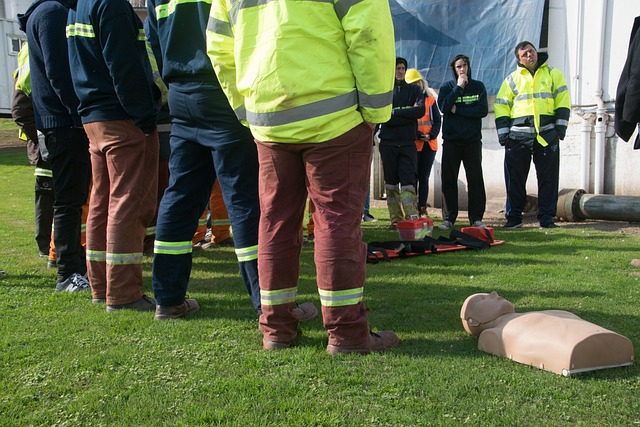Integrating Enrichment: Toys, Perches, and Exercise Solutions
Practical strategies for integrating toys, perches, and exercise into animal enclosures help support natural behaviors and overall health. This article outlines habitat considerations, ventilation and lighting, substrate and bedding choices, enrichment options, nutrition, sanitation, and routine maintenance practices to create balanced, safe living spaces.

Creating an environment that supports physical activity, mental stimulation, and species-appropriate behaviors is central to long-term welfare in captive habitats. Integrating enrichment such as toys and structured exercise, while attending to enclosure design, ventilation, lighting, substrate, and bedding, helps reduce stress-related behaviors and supports natural routines. This article explains how to combine those elements practically and safely so caretakers can make evidence-informed choices for a range of species and enclosure types.
How should an aviary enclosure support natural behavior?
Designing an aviary or other enclosure starts with understanding the species’ natural repertoire. The layout of an enclosure should allow for flight paths, foraging opportunities, and private areas for rest. Habitat complexity—such as branches of varying diameters, safe hiding spaces, and foraging stations—encourages exploration and reduces stereotypic behavior. Consider materials that are durable, non-toxic, and easy to clean; ensure that the scale of the enclosure suits the animal’s size and activity level so exercise and behavior needs can be met without constant intervention.
What ventilation and lighting considerations matter?
Proper ventilation and lighting are essential foundations for health and behavior. Adequate airflow reduces ammonia buildup and respiratory risk, while controlled lighting supports circadian rhythms and breeding cues. Natural-spectrum lighting or full-spectrum bulbs can help maintain normal activity patterns, but exposure should be managed to prevent overheating or excessive glare. Ventilation designs should avoid drafts directly onto resting areas and allow for adjustable flow; mechanical systems must be maintained regularly as part of enclosure maintenance to preserve air quality and comfort.
Which substrate and bedding choices are appropriate?
Substrate and bedding influence sanitation, foraging behavior, and foot health. Choices depend on species: some benefit from absorbent, replaceable bedding that reduces pathogen load, while others require sandy or soil-like substrates to enable natural digging or dust-bathing. Avoid substrates that can be easily ingested if that poses a choking or impaction risk. Regular cleaning schedules and spot checks minimize odor and microbial growth; routine maintenance includes replacing soiled bedding, checking for mold, and using safe disinfectants compatible with the species housed.
How to select perches and arrange them?
Perches are central to posture, exercise, and foot health for birds and similarly structured species. Offer a variety of diameters and textures to promote balanced foot use, and position perches at different heights to encourage movement. Ensure perches are secured to minimize wobble but allow a degree of natural flex where appropriate. Placement should account for ventilation and lighting so animals can thermoregulate by moving between microclimates within the enclosure. Inspect perches frequently for wear, splinters, or contamination as part of routine maintenance.
What enrichment toys and exercise solutions work?
Enrichment should target physical, cognitive, and sensory domains. Rotating toys—puzzles that require manipulation, foraging feeders, and chewable items—encourages problem-solving and prevents boredom. For larger enclosures, structured exercise solutions include flight-training, obstacle routes, or climbing apparatus that mimic natural movement patterns. Tailor enrichment to individual preferences and monitor behavior to assess effectiveness; some animals may prefer social enrichment, while others respond best to food-based challenges. Always choose non-toxic materials and avoid small parts that could be ingested.
How do nutrition and sanitation fit ongoing care?
Nutrition and sanitation intersect with enrichment and overall safety. Balanced diets that allow for species-appropriate foraging activities can be integrated into enrichment—scatter feeding or puzzle feeders make meals part of behavioral stimulation. Sanitation routines should protect food and water from contamination: clean feeding stations daily, change water frequently, and wash enrichment items according to material guidelines. Safety checks for wear or biofilm buildup on toys and perches reduce disease risk; incorporate these checks into a scheduled maintenance plan to preserve habitat health.
Conclusion Integrating toys, perches, and exercise solutions into enclosures requires a systems view that balances environmental design, ventilation and lighting, substrate and bedding, nutrition, and sanitation. Thoughtful selection and placement of enrichment and perches, combined with routine maintenance and monitoring of behavior, support welfare and reduce problem behaviors. Practical adjustments based on observations help refine approaches over time and create habitats that meet both physical and psychological needs.





